Rubber softeners and plasticizers can reduce the viscosity of the compound, improve plasticity and fluidity, and facilitate molding operations such as calendering and extrusion. promote the uniform dispersion of the compound, reduce the mixing temperature, and reduce the power consumption of the mixing; Reduce the hardness, constant tensile stress and tensile strength of vulcanized rubber, and improve elasticity, cold resistance and low temperature performance. When using nitrile recycled rubber as the main raw material to produce rubber products, the reasonable selection of rubber softeners and plasticizers can further improve the processing process performance and finished product performance.
1. Dibutyl phthalate (DBP)
Dibutyl phthalate (DBP) is a transparent colorless or slightly yellow liquid, with good stability, flexibility resistance, viscosity and water resistance, and is a commonly used plasticizer for nitrile recycled rubber, which has a good plasticizing effect, which can effectively reduce the viscosity of the compound, improve the plasticity and fluidity of the compound, and make the mixing, calendering, extrusion and other operations smoothly carried out. To a certain extent, the elasticity and wear resistance of nitrile soft glue are improved.
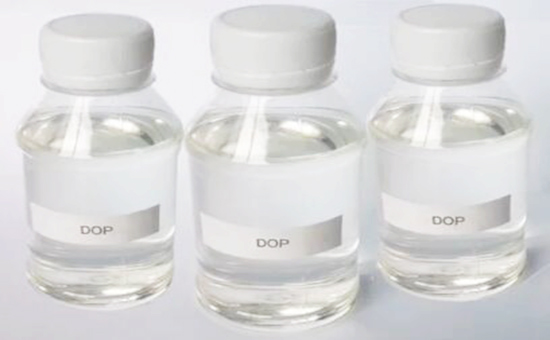
2. Dioctyl phthalate (DOP)
Dioctyl phthalate (DOP) is a colorless to light yellow transparent liquid, which is close to DBP, has low volatility, relatively better cold and heat resistance, and has good plasticization effect, which can give good softness and elasticity to the rubber material, and improve the cold resistance of nitrile recycled rubber products to a certain extent. In actual production, DOP is often used in conjunction with other plasticizers.
3. Xylene phosphate (TCP)
Trixylene phosphate (TCP) is a clear and viscous liquid, which is a flame retardant plasticizer, hydrolysis stability, oil resistance, good electrical insulation, poor cold resistance, and has special performance requirements such as fire resistance Nitrile recycled rubber products can use TCP as a plasticizer, with good plasticizing effect, improving the elasticity and wear resistance of nitrile soft rubber, and can be used in combination with other cold-resistant plasticizers to improve cold resistance.
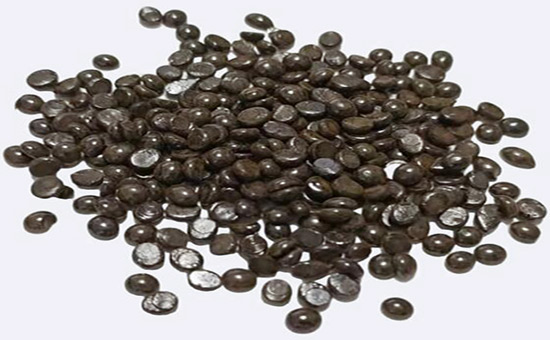
4. Coumarone resin
Gumaron resin is a yellow, brown and black lumpy solid, which can play a role in softening, reinforcement, plasticizing, viscosity, dispersion and other functions in rubber, improving the process properties of rubber extrusion and calendering, so that rubber has good adhesion E5LYY326. The main role in nitrile recycled rubber products is to improve the adhesion of the adhesive material, enhance the adhesion among the rubber material and the substrate, and improve the bonding strength of the product. For nitrile recycled rubber products with high adhesion requirements and relatively low mechanical properties, the amount of Gumaron resin can be appropriately increased.
5. Liquid nitrile rubber
Liquid nitrile rubber as a plasticizer can not only improve the processing performance of nitrile recycled rubber, but also prevent the extraction of plasticizer. Liquid nitrile can form good compatibility with nitrile recycled adhesive, improving the elasticity and heat resistance of the compound. Liquid nitrile rubber can be used to produce rubber products with high requirements for heat resistance and extraction resistance.
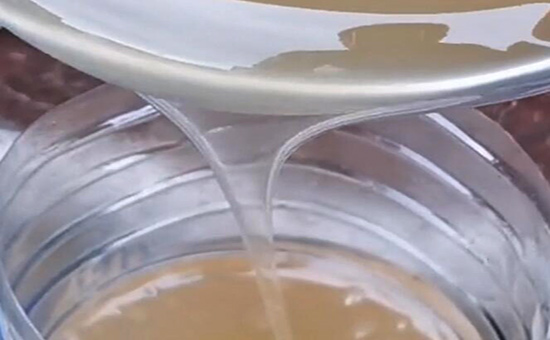
6. Polyester plasticizer
Polyester plasticizers can effectively improve the flexibility, processability and durability of the rubber material, have excellent oil resistance and chemical stability, and prevent the extraction of plasticizers. Polyester plasticizers have little effect on the physical and mechanical properties of nitrile recycled rubber, and are suitable for nitrile recycled rubber products with high performance requirements.
7. Dioctyl sebacate
Dioctyl sebacate is almost colorless, belongs to cold-resistant plasticizer, has high plasticizing efficiency, low volatility, good cold resistance, heat resistance, light resistance and electrical insulation, large migration, is easy to be extracted by hydrocarbon solvents, and maintains good elasticity and softness at low temperature; When dioctyl sebacate is selected for nitrile recycled rubber products, it is often used in conjunction with phthalates.
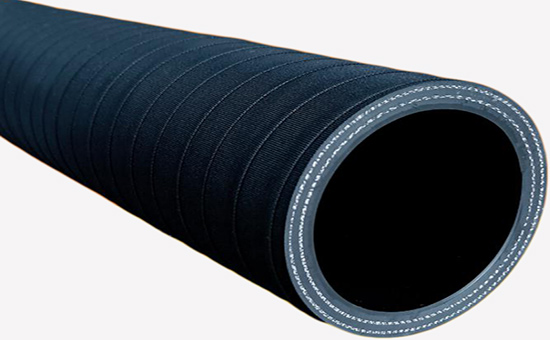
8. Dioctyl adipate
Dioctyl adipate is a colorless and odorless liquid, with certain heat, light and water resistance, can be directly added to the rubber material without affecting vulcanization, giving rubber products good low-temperature softness, elasticity and electrical insulation, and good calendering and extrusion performance of the rubber material.
9. Ointment
Oil paste is a physical plasticizer, which is a commonly used compound in the production of rubber products, which promotes the dispersion of the filler in the rubber material, makes the surface of the rubber smooth and the shrinkage rate is small, significantly improves the resilience, tensile strength and flexural crack resistance of rubber products, and improves the process performance of calendering, extrusion and injection operations. When using nitrile recycled rubber to produce extruded products, 5-20 parts of paste are commonly used, which can make the rubber shrink and smooth the surface, but it will reduce the physical and mechanical properties and heat resistance and aging resistance, and the amount of paste needs to be strictly controlled.
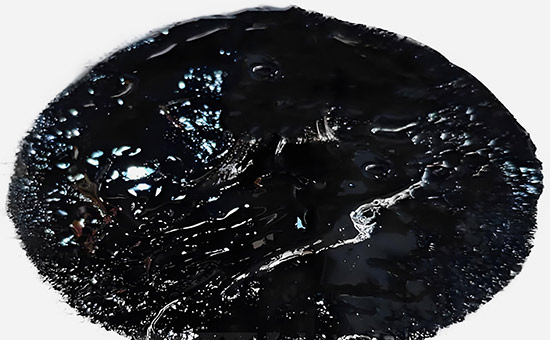
When producing rubber products with nitrile recycled rubber, nitrile rubber/nitrile recycled rubber and rubber as raw materials, rubber product manufacturers must choose the appropriate softening plasticizer according to the process performance requirements of the rubber material, the use environment of the finished product and the manufacturer's cost budget, etc., and strictly follow the principle of "similar polarity and similar solubility parameters", and will further discuss related issues in the future.
Exclusive original article [commercial authorization] reprint, excerpt and excerpt in any form are prohibited without written authorization. Focus on Hongyun rubber: learn the process formula and raw material technology of producing rubber products from recycled rubber to help you reduce costs and increase profits